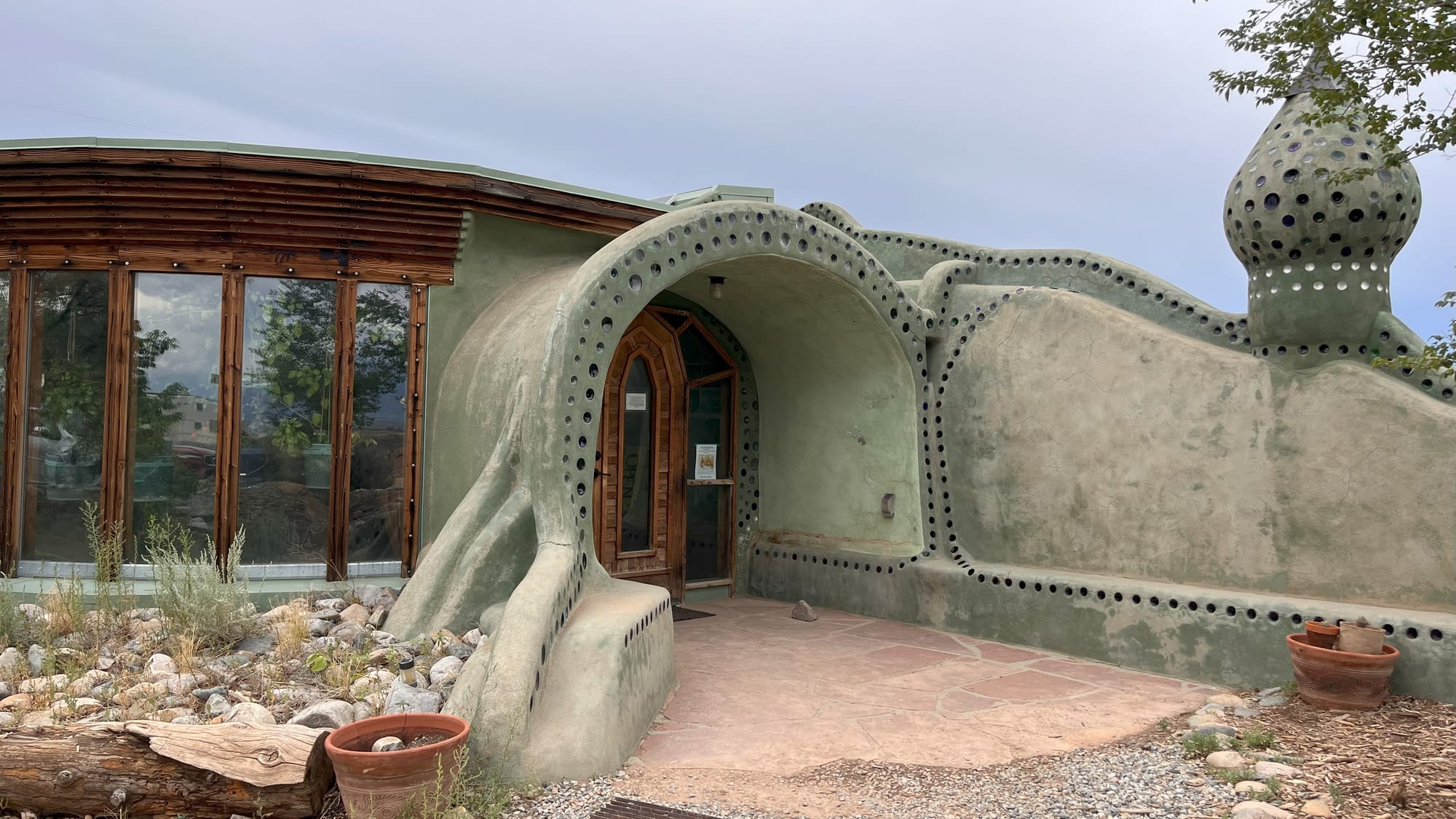
I never knew my indoor house cat was a secret assassin until she returned from the front yard of our eco-friendly lodging in New Mexico with a mouse that she proceeded to release in the house. Apparently, we were both on a journey of discovery during my vagabond travels.
And while I wasn’t really looking to have that much wildlife in my sleeping quarters, I did want to make sure that I was traveling responsibly and minimizing negative impacts on the flora and fauna I love spending so much time in.
I’m not alone in this desire, either. According to a 2024 research report, 83% of travelers said that sustainable travel is important to them. Most often, the discussion of how to do that focuses on carbon reduction, reusing towels, turning off lights, or reducing plastic use with reusable water bottles. But just outside of Taos, I came across a truly unique option for eco-friendly accommodations - an Earthship.
Step Into an Earthship
An Earthship is a type of house built with natural and recycled materials, but more than that, it’s completely off-grid. Much like a sailing ship or spaceship, it is designed to be completely self-contained with regard to shelter, power, water, waste, and even to provide food for its own use. They are truly eco-friendly architecture that uses solar power for energy, harvests rainwater, recycles water, grows food indoors, and relies on passive solar heating and cooling.
And the best place to experience one is on a beautiful mesa just 14 miles northwest of Taos, New Mexico. That’s where the Greater World Community, the largest (legal) off-grid subdivision on the planet, was started by architect and activist Mike Reynolds in the early 1970s.
I booked my two-week stay in a tiny Earthship – a one-room studio design – through an individual owner on Airbnb for about $1,000 a week, but you can also book rentals starting at $240 a night in larger homes through Reynolds’ company Earthship Biotecture.
I enjoyed my Earthship stay, though it came with a few quirks. The owner warned up front that showering in the early morning would risk causing the DC circuit to cut off, as the solar batteries may not be charged fully. But he didn’t tell me that plugging in the toaster to make breakfast would blow the entire house circuit.
Since he didn’t live in the area, and had strict instructions for guests not to touch the electrical closet, that meant I spent an entire work day without power or wifi while waiting for a friend of his to come by and reset everything. On the bright side, it was only a 15-minute drive into Taos proper to find a coffee shop where I could set up office for a while.
The rest of my time there was smooth. As mentioned, there was satellite wifi and a small workspace in the studio, which had a Murphy bed that provided seating when folded up. I never had a shortage of hot water for my showers in the afternoon. The kitchen lacked a microwave, and I had to forego my usual peanut butter toast for breakfast, but there was a stove, oven, and refrigerator. All in all, I’d say it was maybe just a step up from glamping, but I could feel good that for those two weeks, I was reducing my footprint on the world.
It’s not always an easy thing to go off-grid and still be near town. Local building codes and regulations aren’t necessarily amenable to unconventional architecture like the Earthships. But easy access to large tracts of land in a region with extreme climate made Taos ideal for testing Earthship designs. While my off-grid accommodation was unconventional, it fit perfectly with Taos's long tradition of embracing alternative lifestyles.
Take in Taos
Located at the base of the Sangre de Cristo Mountains, Taos has a rich Native American heritage. Humans have lived in the adjacent Taos Pueblo, which is a UNESCO World Heritage Site, for roughly a millennium. It is from the Pueblo that the town drew its name when incorporated in 1934, but before that, a broken-down wagon led two artists to discover the area’s scenic beauty. Word soon got out, and beginning in 1899, more artists began to settle in Taos, eventually forming the Taos Society of Artists in 1915.
Fast forward to the 1960s, and the area saw an explosion of commune formation driven by the hippie counterculture. As many as twenty-five communes appeared in the area around Taos and nearby Santa Fe, and one is said to have served as the inspiration for some scenes in the film Easy Rider. While there was some resistance to this influx, leading to what is called the “Hippie-Chicano War," ultimately, Taos came to accept its nonconformist reputation.
Today, the legacy of Taos's multicultural heritage persists through its vibrant arts scene, local shops filled with silver and turquoise jewelry, fine dining and entertainment options, and outdoor recreation, including skiing and hot springs. Some of my personal recommendations for taking in all the town has to offer include:
Culture
For a relatively small town, it's amazing that Taos boasts more than 80 art galleries and museums, including the Harwood Museum of Art, Millicent Rogers Museum, Blumenschein Home & Museum, the Governor Bent House, the Kit Carson House, and the Taos Art Museum at Fechin House, which I thoroughly enjoyed.
I went into Fechin House completely unfamiliar with its namesake Nicolai Fechin, and came away with an understanding of why he is known as one of the most dynamic portraitists of the twentieth century. And beyond his paintings on canvas, his creative touch comes through almost every inch of the house. The artist became a woodworker, carving intricate details into columns, stair rails, doors, and furniture. And he dabbled in coppersmithing to create the custom light fixtures and hood in the kitchen, which boasted the first electric stove, oven, and refrigerator in town.
It’s well worth the $20 entry fee to explore the house, galleries, artist studio, and grounds. Taos Art Museum at Fechin House is generally open Tuesday - Sunday, but check the website for updates on closures for holidays or special events.
Shopping
If you’re looking to take some art home with you, be sure to visit Taos Plaza, where Spanish colonial influence endures in the historic architecture and layout. Today it features a blend of boutiques, art galleries, and local shops that continue a tradition of trade and cultural exchange in the heart of Taos.
Many of the shops have Native American and Southwestern jewelry crafted by local artisans, and there is definitely a lot of turquoise if that’s your style. But what caught my eye was the white buffalo stone that resembles turquoise, and is sometimes called buffalo turquoise. The only location this stone is found worldwide is in Tonopah, Nevada, but every time I wear my earrings, they remind me of Taos.
Food and Drinks
After spending an afternoon shopping, you’ll be ready for drinks and dinner, and Taos Mesa Brewing’s Tap Room downtown offers both. I personally recommend the Smokey Quartz pizza with basil pesto, smoked prosciutto, sun-dried tomato, smoked mozzarella, cherry tomato, Italian parsley, and lemon vinaigrette. And if you are staying in an Earthship, check to see what musicians might be gracing the stage at Taos Mesa Brewing’s “Mothership” location, which is just a short distance away on the mesa.
If you prefer cocktails to beer, The Lounge by Rolling Still Distillery is a great option just a stone’s throw from Taos Plaza. There, within the ancient Adobe-style building, I found a very modern vibe, live music, excellent mixologists, and an invitation to come back again for their silent disco night.
Wherever I’m visiting, however, I always want to make sure I’m tasting true local cuisine, and the place to go for real New Mexican food in Taos is La Cueva Cafe. Popular with local Taoseños, as well as visitors, there was a wait for a table when I got there, but my wait shortened when I met a couple of Texans also waiting, who invited me to join them at their table when their name was called. Another good New Mexican option is Orlando's New Mexican Cafe, where the entrees were great, but being seated next to their cookie case, I discovered their baked goods are well worth saving room for.
Whether your breakfast preferences are sweet or savory, another local recommendation to start your day is Michael’s Kitchen. This is the kind of place that hasn’t changed much since it opened in the 1970s. A communal atmosphere where you’re likely to meet the mayor or the sheriff sipping coffee and chatting about what’s happening around town. The restaurant is open for lunch, but the real attraction is breakfast, when bacon, eggs, and pancakes are the perfect fuel for a day of hitting some of the area trails.
Hiking
Lots of people come to Taos for winter skiing, but it offers some great year-round mountain views. And if you want to look down on the city of Taos itself, Devisadero Trail is the place to go.
In Carson National Forest, this 5.66-mile out-and-back loop has an elevation gain of 1,473 feet, and I would grade it moderate to hard depending on your fitness level. When you get to the start of the loop, go right/east to hit the peak at 2.3 miles, or defer some of the elevation gain by traveling left/west (which I did), and you’ll hit the peak at about 3.2 miles. It’s a good workout either way, and I was humbled when a trailrunner passed me easily, but I was also taking my time to enjoy the piñon-juniper woodland.
If you want to avoid the challenge of climbing up for your views, then head to the Rio Grande Gorge West Rim Trail. Within the Rio Grande del Norte National Monument, it’s easily accessible from the parking lot of the Rio Grande Gorge Bridge Rest Stop, which you’ll pass whenever traveling between the Earthships and downtown Taos. Many people stop and walk across the bridge, which is the seventh-highest in the United States at about 600 feet over the Rio Grande. (A sobering reminder of its height is the Crisis Hotline call box located on the bridge that says, “There is hope. Make the call.”)
But fewer visitors venture behind the parking lot vendors selling food, arts, and crafts to find the West Rim Trailhead. If you do, you’re treated with an even better view of the bridge, which a nearby plaque says received the “Most Beautiful Steel Bridge Long Span” award from the American Institute of Steel Construction in 1966. The easy, mostly flat trail makes for more of a walk than a hike, but the view is what it’s really about.
And the view of the gorge brought out the same desire I had to see the Grand Canyon from multiple views,, so one day I drove a little further south in the Rio Grande del Norte National Monument. Turning off Hwy 65 onto West Rim Road, I took Hwy 567 down into the gorge and crossed the river at the much lower Taos Junction Bridge. Continuing on through the Orilla Verde Recreation Area, I saw many great camping and hiking locations along the river’s banks and made a mental note for next time I come this way.
Relaxing
When you’re ready to recuperate from all the outdoor opportunities around Taos, you might hear the call of the hot springs at Ojo Caliente, one of the country’s oldest health spas, first established in 1868. There, I treated myself to a massage between soaking in their 12 communal springs, which are sulfur-free but purport to heal with arsenic, lithia, soda, and iron. A fun first for me was a dunk in their mud pool, where you can cover your skin in clay, dry in the sun, and then rinse in the pool and showers.
The onsite Ojo Farm-to-table restaurant is open to the public for breakfast, lunch, and dinner, and I enjoyed a healthy, but hearty salad in my spa robe. The resort also offers a variety of overnight lodging options, including Ojo’s historic hotel, built in 1916.
But, at the end of my visit, I drove back to my tiny Earthship, making one stop to photograph the breathtaking sunset over the mesa and bask in my good fortune to have spent time in this part of the world while reducing my impact on it.
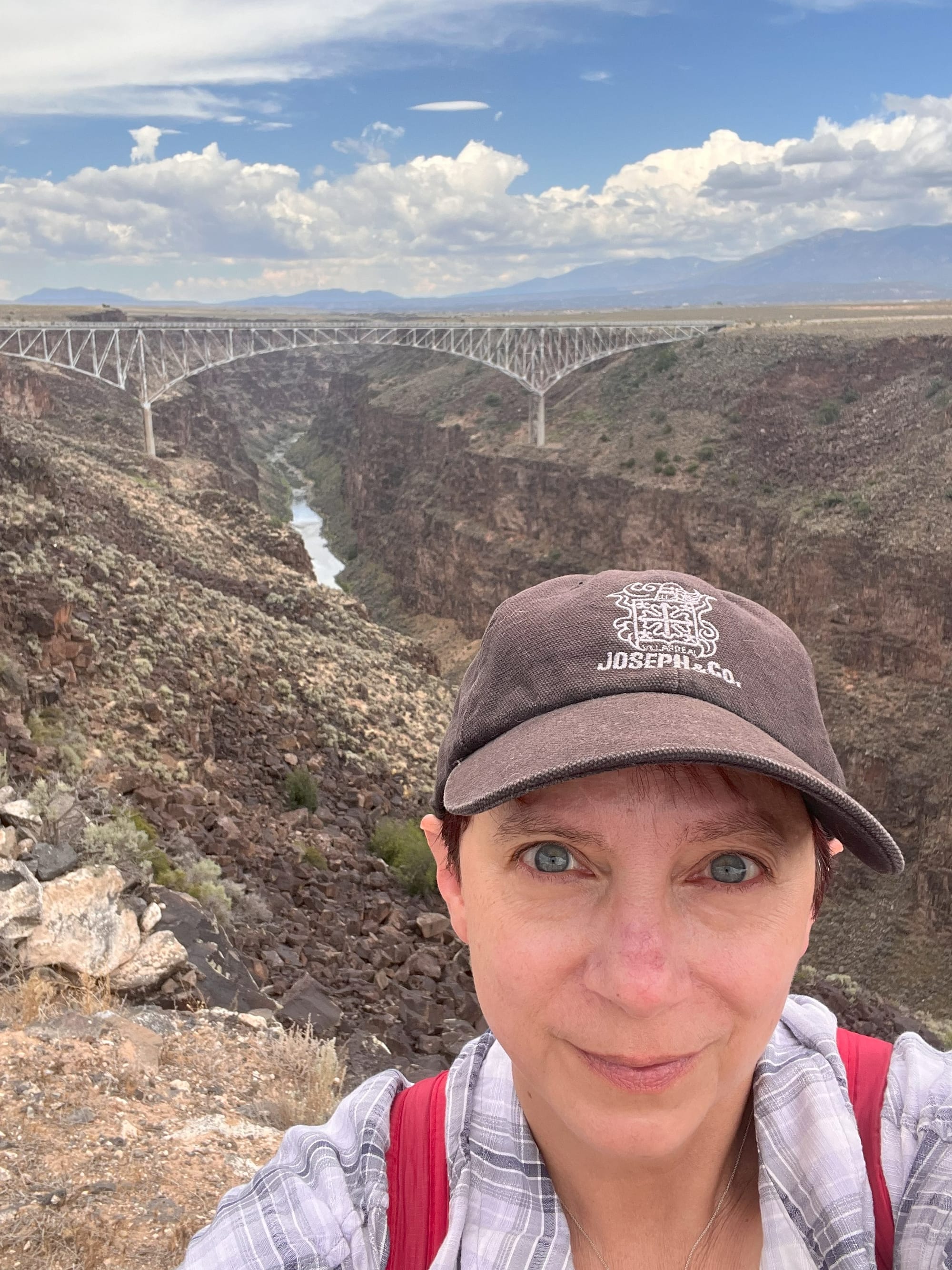
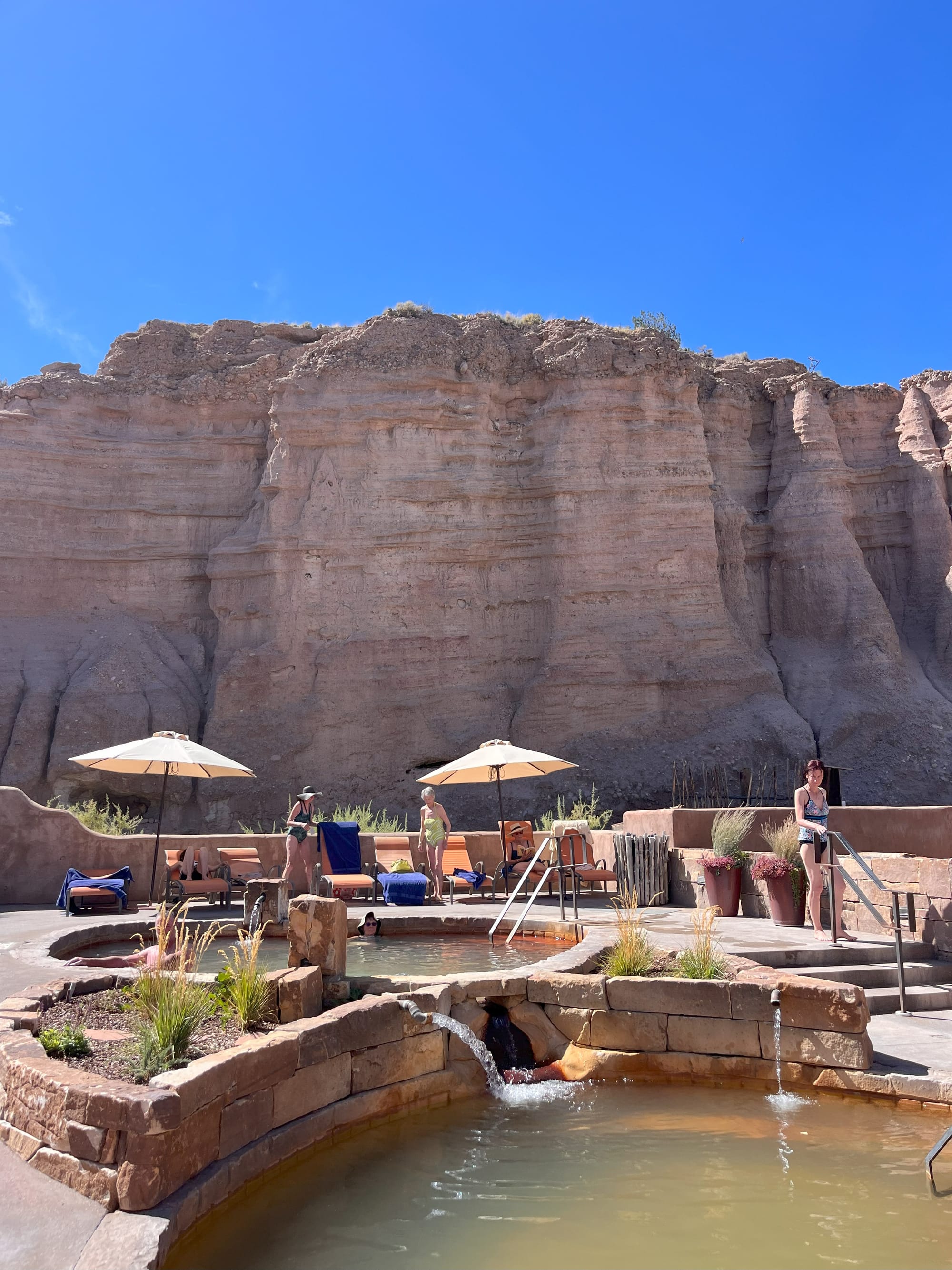
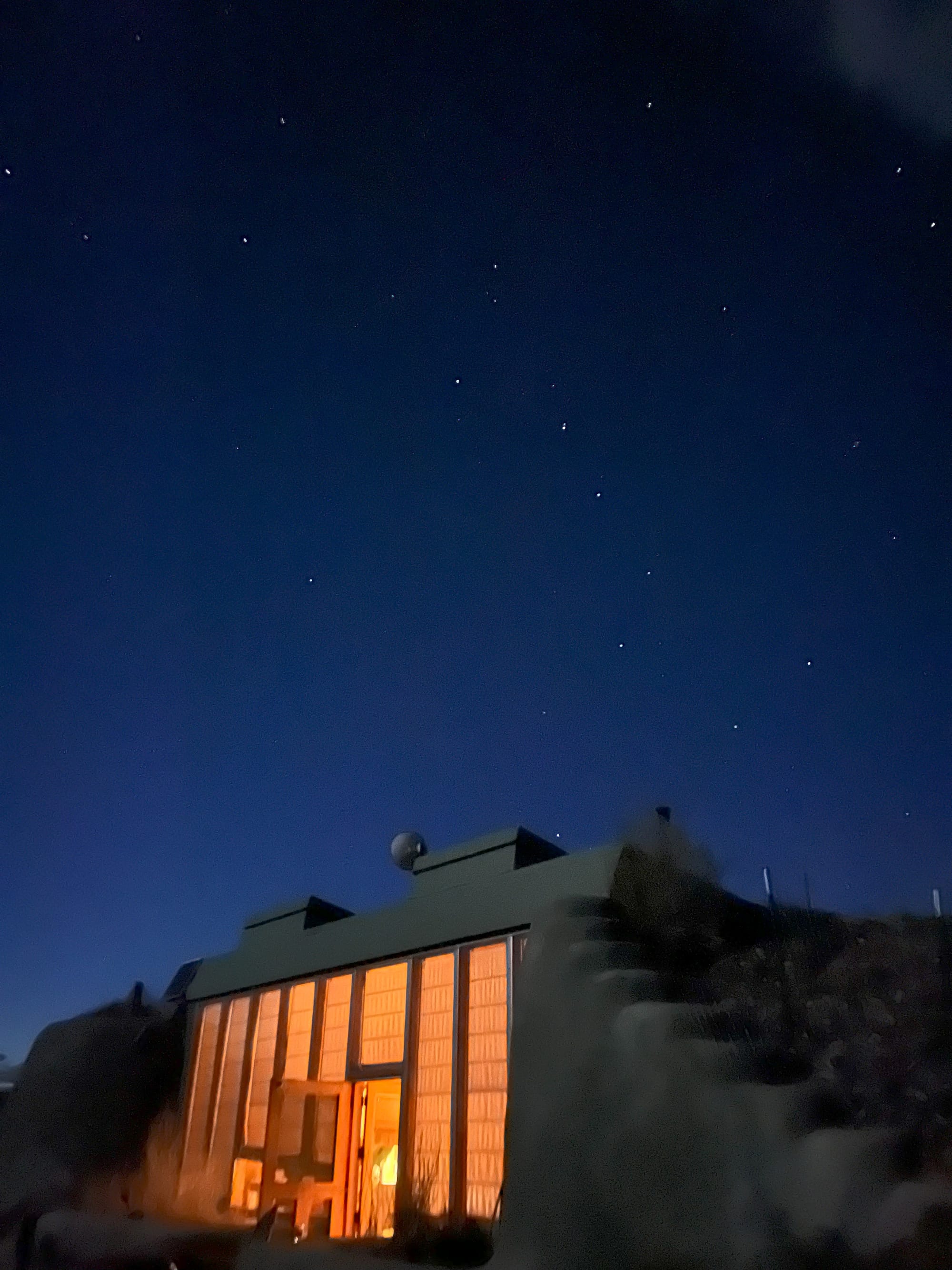
A selfie with the Rio Grand Gorge Bridge, hot springs pools at Ojo Caliente, and the Big Dipper shining bright in the dark sky over the tiny Earthship. © Laura Pevehouse




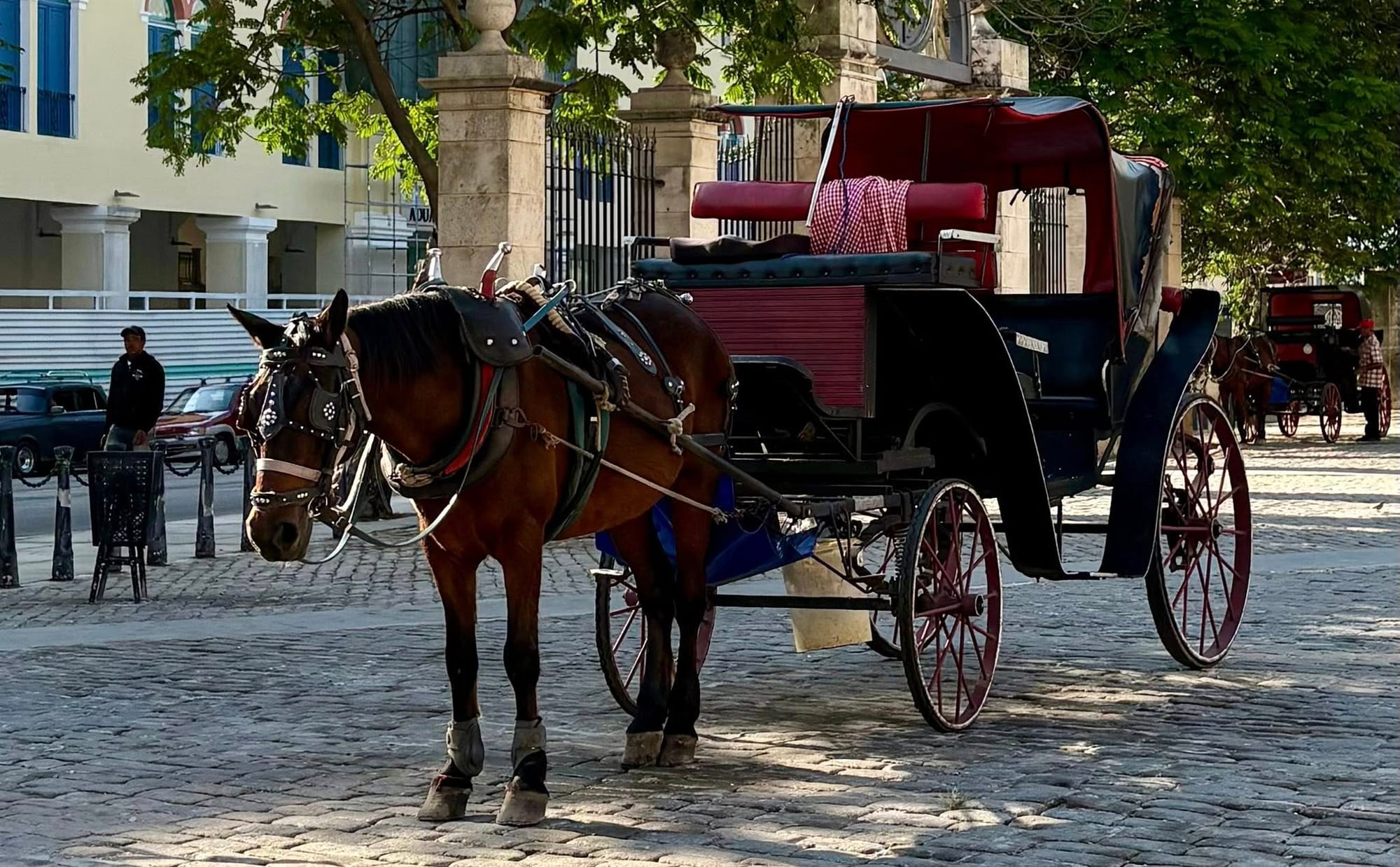

Comments